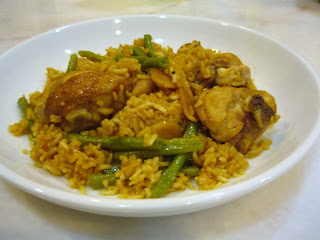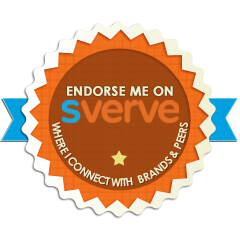More people than ever before are discovering they have a gluten intolerance. The only way to avoid the damage brought on by this condition is to stay away from foods that contain gluten completely. This can be a bit overwhelming when first making the switch to a gluten-free diet. Gluten is found in many food items, so it’s necessary to understand what gluten is, what products contain gluten, and where you can find these foods. While it can be difficult to find alternative foods that don’t contain gluten, it’s not impossible.
The first thing you need to learn to do is read the labels of everything that you buy. Many products will contain “hidden” sources of gluten. This can include processed foods, sauces, and condiments. All of these items can contain small traces of wheat or whey which both have gluten in them. Make sure to avoid products that list wheat, whey, barley, rye, oatmeal, durum rice flour, graham flour, Kasha, wheat germ, and wheat bran. Gluten can also be found in emulsifiers, plant proteins, and stabilizers.

Try to incorporate more fresh fruits, vegetables and meats into your diet that don’t have any unnecessary additives or fillers that might have gluten. Also, avoid processed foods as much as possible. These foods usually have additional additives that increase the shelf life of the product. Foods that contain rice, corn, potatos, arrowroot, tapioca, soy and legumes are also good choices in your new diet. They will also give you some much needed starch. Always double check the ingredients of any food before you decide to purchase it. Doing this will help to keep any “bad stuff” from making it’s way into your grocery cart.
Many grocery stores today have begun offering special gluten-free sections. These sections will offer many of your favorite things, such as pastas, break mixes, flours, and more. All of these items are usually marked at gluten-free. This can save you a lot of time hunting through the various store aisles. Don’t be afraid to ask the store manager if they have gluten free section at your local grocery store.
Food isn’t the only thing that you need to read labels for. Carefully check out any items that will come in contact with your mouth. This includes things such as lipstick, balms, drugs, and toothpaste. These products may contain substances such as bulgur, farina, spelt and malt which can all cause a reaction in those struggling with gluten problems.
The best resource for your new diet is the internet. You can search online for a wide range of gluten and celiac disease support groups, recipes, meal planning, tips and tricks to make changing to your new diet easier and so much more.
In the beginning it can seem like a daunting task to begin living a gluten-free lifestyle. However, with some careful thought and the right resources anyone can succeed with their new gluten-free diet.




































